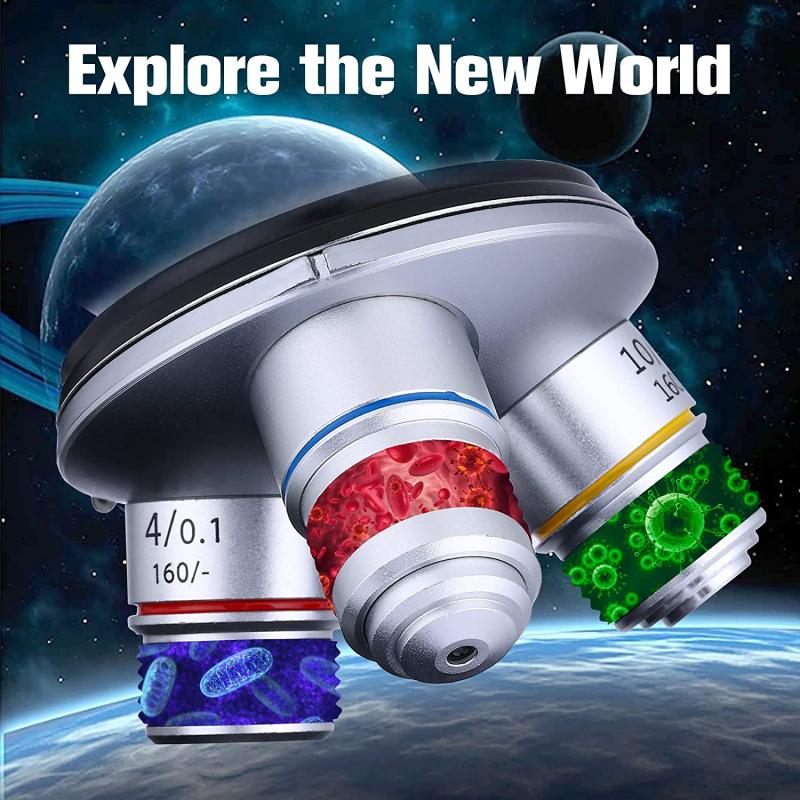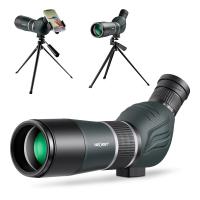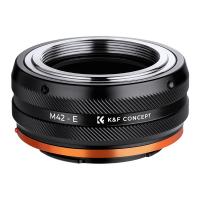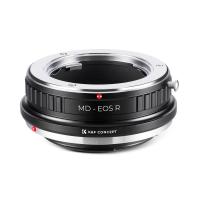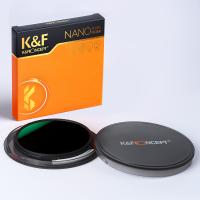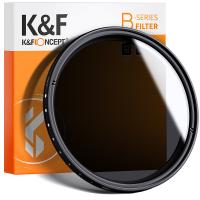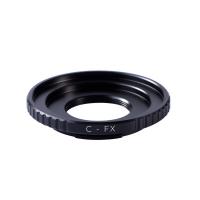What Is A Rheostat On A Microscope ?
A rheostat on a microscope is a variable resistor that is used to control the intensity of the light source. It is typically located on the microscope's base or control panel and allows the user to adjust the brightness of the illumination. By turning the rheostat, the resistance in the circuit is changed, which in turn alters the amount of current flowing through the light source. This adjustment helps in achieving optimal lighting conditions for observing specimens under the microscope.
1、 Rheostat: Definition and Function in Microscopes
A rheostat on a microscope is a device that controls the intensity of light emitted by the microscope's light source. It is typically located on the microscope's base or control panel and is used to adjust the brightness of the light that illuminates the specimen being observed.
The rheostat is a variable resistor that regulates the flow of electric current to the microscope's light source. By turning the rheostat knob, the user can increase or decrease the amount of current flowing through the circuit, thereby adjusting the brightness of the light. This allows for optimal illumination of the specimen, ensuring clear and detailed observation.
The function of the rheostat is crucial in microscopy as it enables the user to control the intensity of light according to the specific requirements of the specimen and the observation technique being employed. Different specimens may require different levels of illumination, and the rheostat provides the flexibility to adjust the light intensity accordingly.
In addition to controlling the brightness, the rheostat also plays a role in extending the lifespan of the microscope's light source. By reducing the current flow when high intensity is not necessary, the rheostat helps to prevent overheating and premature burnout of the light source.
It is worth noting that with the advancements in microscope technology, some modern microscopes may utilize more advanced lighting systems, such as LED or fiber optic illumination, which may not require a traditional rheostat. However, the concept of controlling light intensity remains essential in achieving optimal microscopy results.
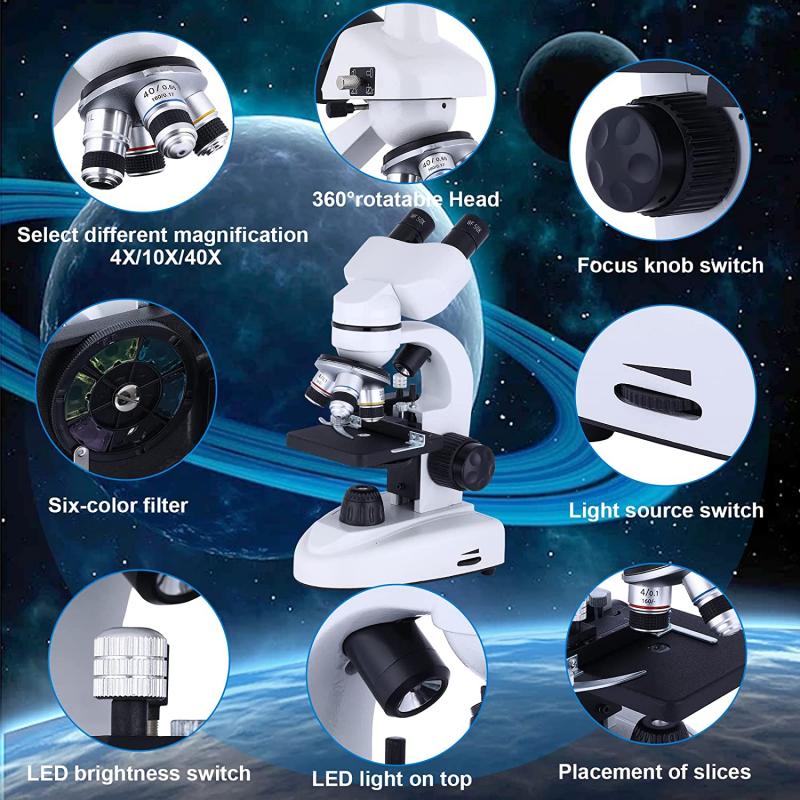
2、 Types of Rheostats Used in Microscopes
A rheostat on a microscope is a device used to control the intensity of light emitted by the microscope's light source. It is an essential component in adjusting the brightness of the microscope's illumination, allowing for optimal viewing conditions.
The rheostat is typically located on the microscope's base or control panel and consists of a variable resistor that regulates the flow of electric current to the light source. By adjusting the rheostat, the user can increase or decrease the intensity of the light, thereby controlling the brightness of the specimen being observed.
There are different types of rheostats used in microscopes, each with its own advantages and applications. One common type is the wire-wound rheostat, which consists of a coil of wire wound around a ceramic or porcelain core. This type of rheostat offers precise control over the current flow and is known for its durability and stability.
Another type is the carbon composition rheostat, which uses a mixture of carbon particles and a binder to control the current flow. This type of rheostat is less expensive than the wire-wound version but may not offer the same level of precision.
In recent years, with advancements in technology, digital rheostats have also become available. These rheostats use digital controls to adjust the light intensity, offering more precise and consistent adjustments. They often come with additional features such as memory settings and automatic calibration.
Overall, the rheostat on a microscope plays a crucial role in controlling the illumination, allowing users to optimize the viewing conditions for their specific needs. The choice of rheostat type depends on factors such as precision requirements, budget, and personal preferences.

3、 Importance of Rheostats for Microscope Illumination Control
A rheostat on a microscope is a device used to control the intensity of the illumination source. It is typically located on the microscope base or control panel and allows the user to adjust the brightness of the light that illuminates the specimen.
The importance of rheostats for microscope illumination control cannot be overstated. The ability to adjust the intensity of the light is crucial for obtaining clear and detailed images. Different specimens may require different levels of illumination, and the rheostat allows for precise control in order to optimize visibility without causing damage to the specimen.
Furthermore, the rheostat helps to reduce eye strain for the microscope user. By adjusting the brightness to a comfortable level, the user can work for longer periods without experiencing fatigue or discomfort. This is particularly important for professionals who spend extended periods of time using microscopes, such as researchers, pathologists, and laboratory technicians.
In addition, the rheostat plays a role in enhancing contrast and improving image quality. By adjusting the intensity of the light, the user can manipulate the contrast between the specimen and its background, making it easier to distinguish fine details and structures. This is especially beneficial when examining transparent or low-contrast specimens.
From a latest point of view, advancements in microscope technology have led to the development of digital microscopes with built-in LED illumination systems. These systems often include electronic controls for adjusting the brightness, replacing traditional rheostats. While the basic function remains the same, these digital controls offer more precise and consistent adjustments, as well as additional features such as color temperature control.
In conclusion, the rheostat on a microscope is of utmost importance for controlling the illumination intensity. It allows for precise adjustments, reduces eye strain, and enhances image quality. As technology advances, digital controls are becoming more prevalent, offering even greater control and functionality.
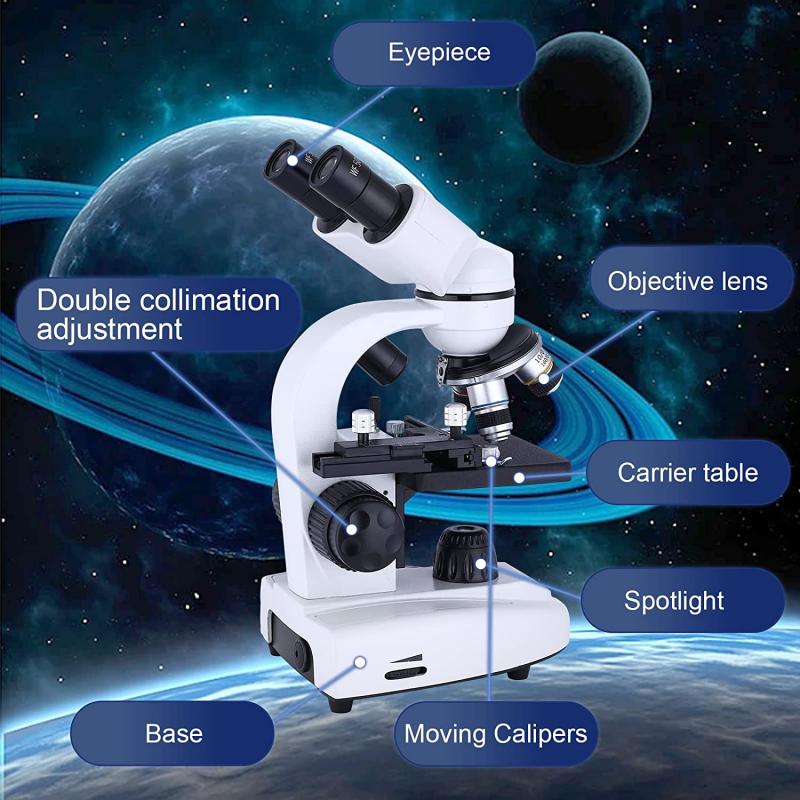
4、 How to Use a Rheostat on a Microscope
A rheostat on a microscope is a device that controls the intensity of the light source used for illumination. It is typically located on the microscope's base or control panel and is used to adjust the brightness of the light passing through the specimen.
The rheostat works by regulating the flow of electrical current to the light source, which can be a halogen bulb or an LED. By turning the rheostat knob, the user can increase or decrease the amount of current flowing to the light source, thereby adjusting the brightness of the illumination.
Using a rheostat on a microscope is a straightforward process. First, ensure that the microscope is properly set up and the light source is turned on. Then, locate the rheostat knob and turn it clockwise to increase the brightness or counterclockwise to decrease it. It is important to make gradual adjustments to avoid sudden changes in illumination that may affect the quality of the image.
The ability to control the brightness of the light source is crucial in microscopy as it allows for optimal visualization of the specimen. Different specimens may require different levels of illumination, and the rheostat provides the flexibility to adjust the lighting accordingly. Additionally, controlling the brightness can help reduce eye strain and improve the overall viewing experience.
In recent years, advancements in microscope technology have led to the development of microscopes with built-in automatic brightness control systems. These systems use sensors to monitor the lighting conditions and adjust the intensity of the light source accordingly. While these automated systems offer convenience, the traditional rheostat still remains a common feature in many microscopes, providing users with manual control over the illumination.
